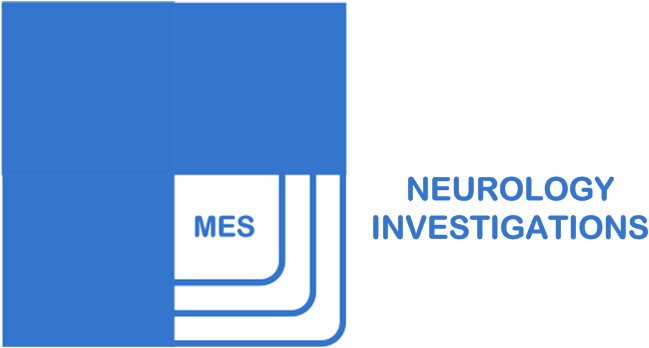This 34 years old lady, a known case of bilateral cervical rib, who had undergone right sided cervical rib resection in year 2003, came to us for nerve conduction studies.
According to history provided, she was doing well after the operation. But for last 2 years, she started feeling pain in left hand, and for last 2-3 months, she was also complaining of pain in her right hand.
Following are her findings on NCS testing (shown in figure):


This 34 years old FEMALE, case of bilateral cervical rib, right side operated in 2003, was evaluated for pain in both hands with NCS, and the following observations were made:
MNCS:
Bilateral median latencies increased. Right median amplitude decreased. Latencies, amplitudes and conduction velocities were normal in bilateral ulnar nerves.
SNCS:
Bilateral median latencies increased, and conduction velocities decreased. A relative decrease in right median SNAP amplitude noted. Latencies, amplitudes and conduction velocities were normal in bilateral ulnar nerves.
IMPRESSION:
Abnormal study, showing bilateral moderately severe carpal tunnel syndrome.
